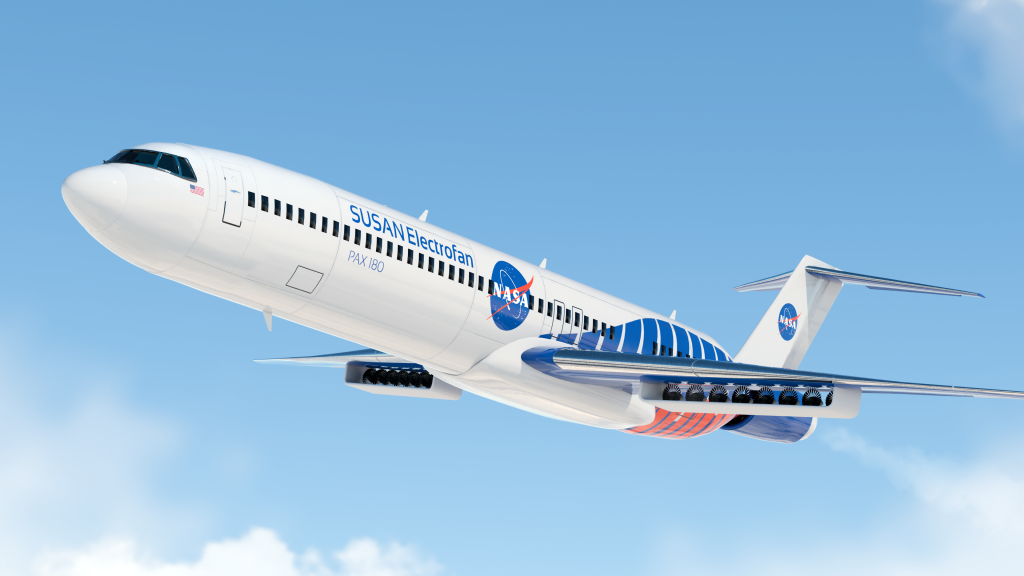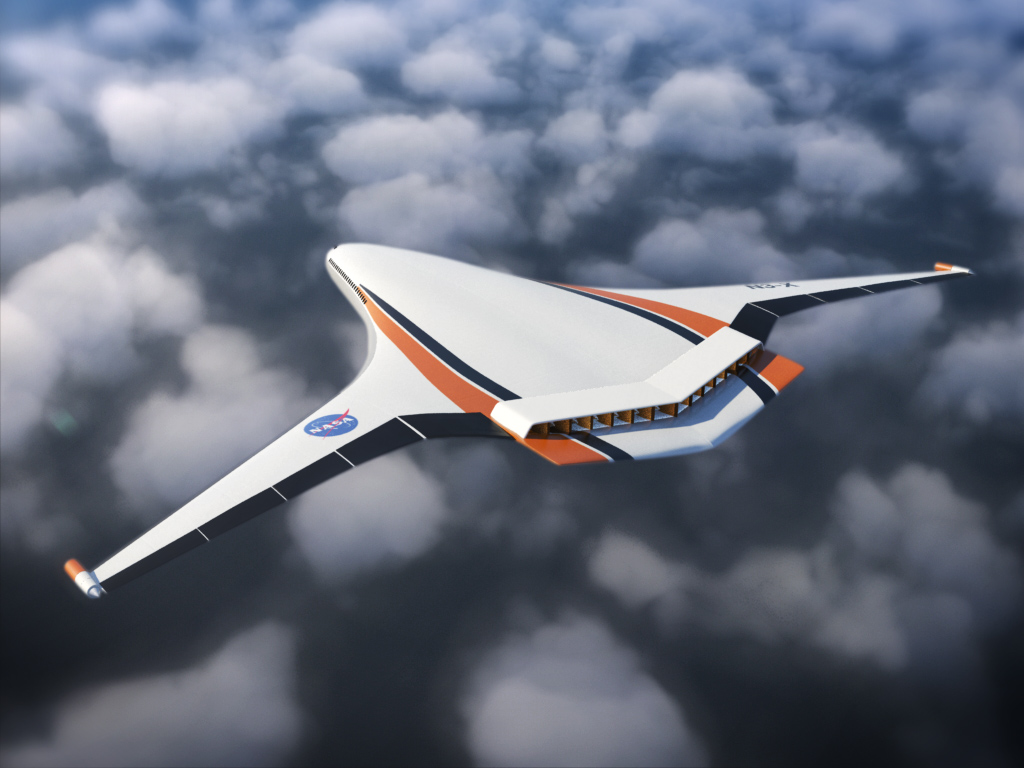With two weeks to go before the planned lift off, preparations were well underway for the Apollo 9 mission, the first to test the critical Lunar Module (LM) with a crew on board. The 10-day Earth orbital mission was planned to launch on Feb. 28, 1969. Commander James A. McDivitt, Command Module Pilot (CMP) David R. Scott, and Lunar Module Pilot (LMP) Russell L. Schweickart, the prime crew of Apollo 9, were spending time in mission simulators preparing for the first Apollo mission to test all major components of the lunar landing mission. McDivitt and Schweickart planned to enter the LM, which they nicknamed Spider, undock from Scott who would remain in the CM, callsign Gumdrop, and fly the LM up to 100 miles away, testing the systems of its descent and ascent stages before performing a rendezvous and docking with the CM and reuniting with Scott. Schweickart and Scott planned to conduct the first spacewalk of the Apollo program, the only one scheduled before the spacewalk on the Moon’s surface, to test the reliability of the Apollo A-7L space suit and the Portable Life Support System (PLSS) backpack. The plan was for Schweickart to exit the LM through its side hatch onto the porch, and then using handrails translate over to Scott who would be in the open CM hatch, in a demonstration of a backup transfer path in case there was a problem with the internal transfer hatches and tunnel. Schweickart would then retrace his steps back to the LM. The crew described the mission to reporters during a press conference at the Manned Spacecraft Center (MSC), now the Johnson Space Center, on Feb. 8.
Senior NASA managers met at Kennedy Space Center (KSC) in Florida Feb. 6 to conduct the Flight Readiness Review (FRR) for Apollo 9. Attending the meeting from NASA Headquarters were Associate Administrator for Manned Space Flight George E. Mueller and Lt. Gen. Samuel C. Phillips, Apollo Program Manager. Directors of the three human spaceflight centers were also present at the FRR – Kurt H. Debus of KSC, Robert L. Gilruth of MSC, and Wernher vonBraun of the Marshall Space Flight Center in Huntsville, Alabama. The managers reviewed all aspects of the mission and by the end of the meeting declared that all was in readiness for the flight.
The Countdown Demonstration Test (CDDT) for Apollo 9 was successfully completed at KSC on Feb. 12, and involved “wet” and “dry” phases. The first wet phase simulated the entire countdown, including the loading of propellant in the rocket’s three stages, down to T minus 8.9 seconds, the time in the countdown when the first stage’s five F-1 engines ignite. For safety reasons, the crew did not participate in the wet countdown. At the completion of the wet phase, the fuel was drained from the rocket and the countdown recycled to begin the dry phase of the test. The countdown again proceeded to the point of first stage ignition, with the crew was suited up and strapped into the capsule as they would be on launch day. The CDDT involved the Mission Control Center at MSC and the Manned Space Flight Network, a series of tracking stations around the world used to monitor all aspects of the mission. The CDDT was the last major test before the countdown for flight began on Feb. 26.
It should be noted that preparations for Apollo 9 overlapped with flight operations of two missions, Apollo 7 and Apollo 8 in October and December 1968, respectively, as well as preparations for the upcoming Apollo 10 and Apollo 11 flights. If all went according to plan, Apollo 10 would test the CSM and LM in lunar orbit in May 1969 and Apollo 11 would attempt the first landing in July. Activities related to Apollo 10 included the rollover of the spacecraft from the Manned Spacecraft Operations Building (MSOB) to the Vehicle Assembly Building (VAB) for mating with the Saturn V rocket on Feb. 6. The second stage for the Apollo 11 Saturn V arrived at KSC on Feb. 6 and the first stage on Feb. 20. Workers in the VAB began stacking operations with the first stage the next day. In the MSOB, engineers mated the two stages of the Apollo 11 LM on Feb. 14 in preparation for testing in the altitude chamber.




































